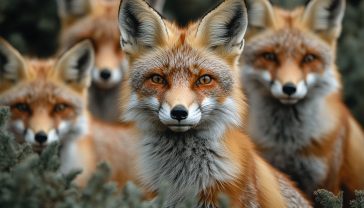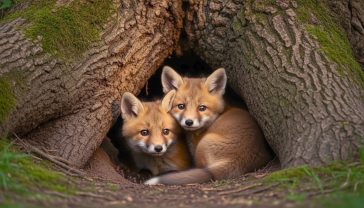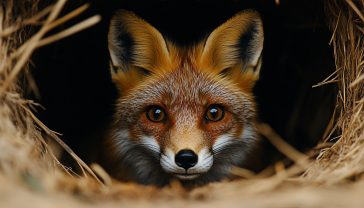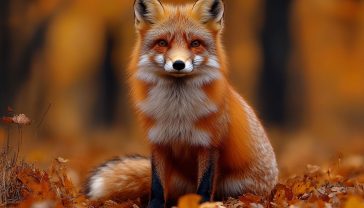Are Foxes Canines? Understanding Their Place in the Animal Kingdom
Are foxes part of the canine family? You may be surprised by the unique features that set them apart from dogs and wolves. Discover what makes them truly fascinating.
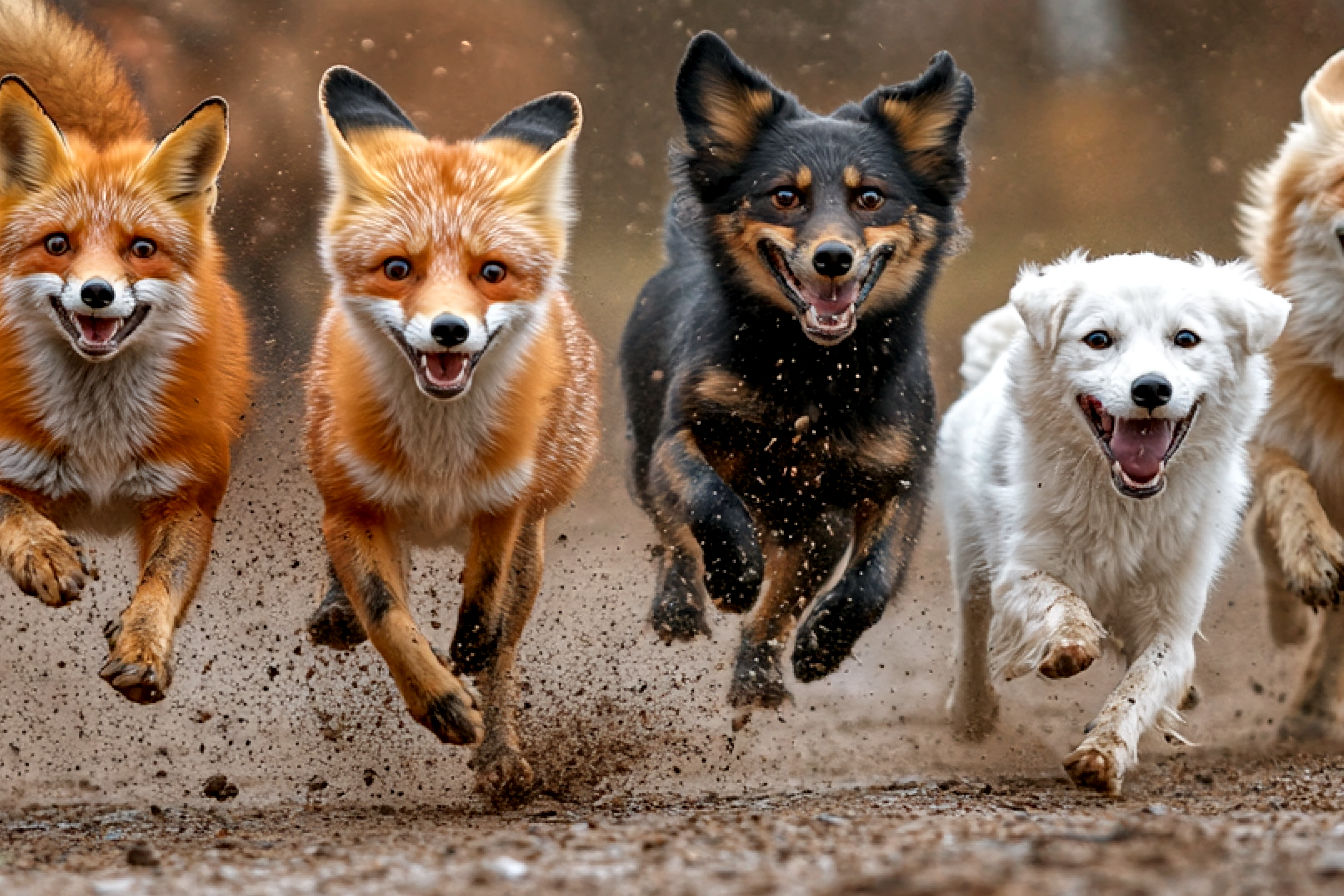
This post may contain affiliate links. If you make a purchase through these links, we may earn a commission at no additional cost to you.
Foxes are indeed canines, belonging to the Canidae family—a diverse group that includes wolves, domestic dogs, jackals, and coyotes. As part of the Carnivora order, canines are typically predators, though many, including foxes, display omnivorous habits.
What makes foxes particularly fascinating is their distinct position within this family. Most belong to the genus Vulpes, home to the iconic red fox (Vulpes vulpes). While they share traits common among canines—sharp teeth, elongated snouts, and a keen sense of smell—foxes have evolved unique features that set them apart. Compact, swift, and surprisingly elusive, foxes flourish where others falter, blending physical prowess with clever survival instincts.
Physical Characteristics of Foxes in the Canine Family
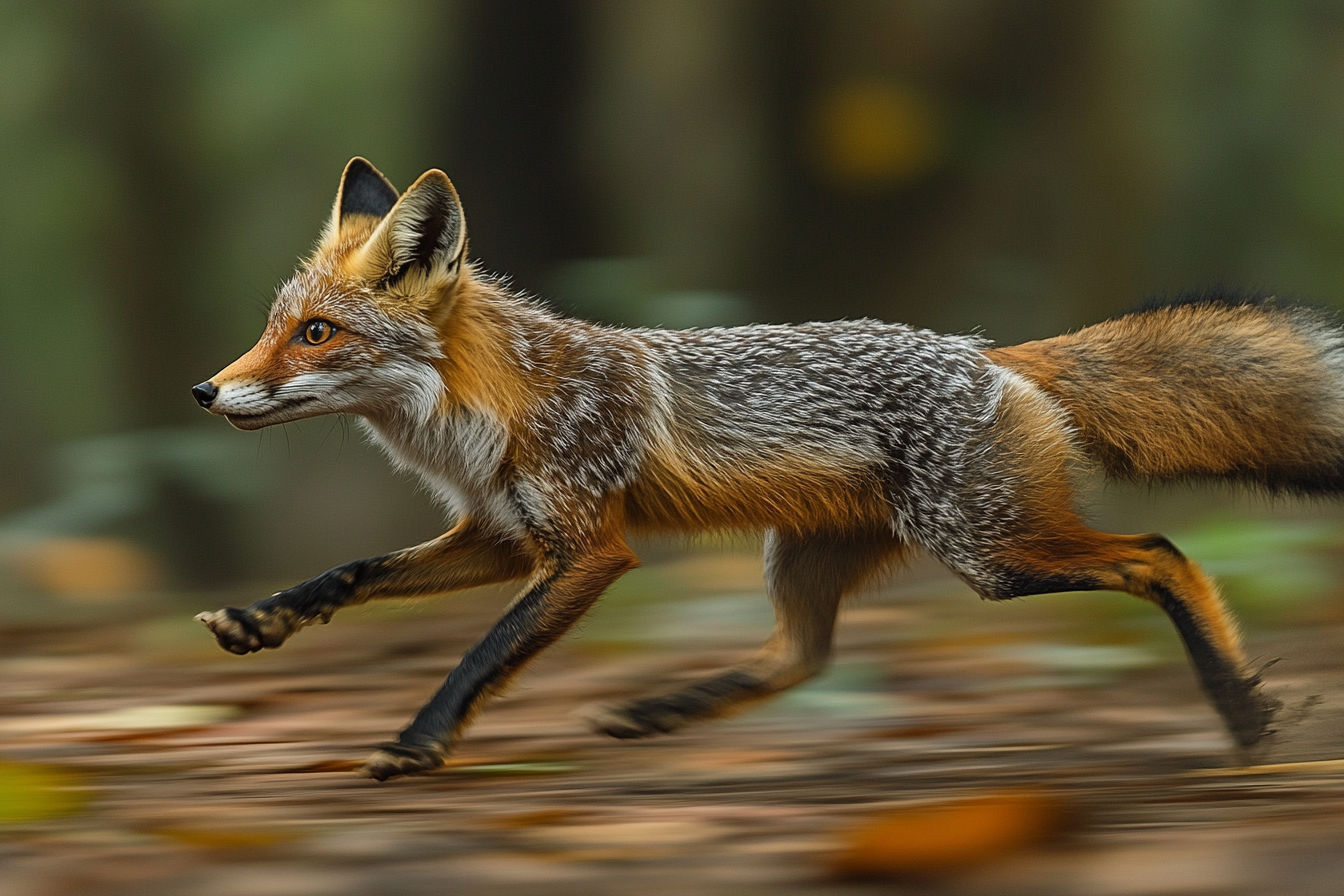
Foxes may share a family resemblance with their canine relatives—wolves, jackals, and domestic dogs—but they possess distinct physical traits honed for survival. Supple frames, sharp senses, and their iconic bushy tails make foxes perfectly equipped for life across diverse environments.
Sleek and Agile: Built for Speed and Stealth
With long legs, a narrow snout, and a lightweight build, foxes are the sprinters and acrobats of the Canidae family. Their slim, flexible bodies allow them to weave through dense undergrowth and sprint after prey with ease.
While they share this streamlined design with other canines, foxes are generally smaller. The red fox, for example, typically weighs 4.5 to 10 kilograms (10 to 22 pounds)—a stark contrast to the grey wolf, which can tip the scales at 30 to 80 kilograms (66 to 176 pounds). This lighter frame grants foxes the ability to make tight manoeuvres, a crucial advantage in wooded or urban environments.
The Iconic Brush: More Than Just a Tail
The bushy tail, often called a “brush”, is more than just a signature look. It’s a versatile tool with several key roles:
- Balance: Acting as a rudder when sprinting and turning.
- Warmth: Curled around the face, it becomes a natural scarf during cold nights.
- Communication: Tail movements convey emotions and intentions—a raised tail signals confidence, while a low tail suggests submission.
Each species’ tail tells a unique story. The Arctic fox wields a thicker tail for warmth, while the Fennec fox uses a lighter tail to help release heat in the desert sun.
Eyes for the Night: Predator Vision
Foxes’ vertical slit-shaped pupils—reminiscent of cats—set them apart from wolves and dogs, which have round pupils. This unique eye structure provides:
- Superior Night Vision: Essential for nocturnal hunting.
- Depth Perception: Perfect for their signature “mousing pounce”, where they leap high and dive onto prey.
- Stealth and Precision: Combined with their acute hearing, these eyes make foxes lethal night hunters.
Built for Every Climate
Foxes have adapted their size, colour, and form to suit their surroundings:
- The Arctic fox sports a white winter coat that shifts to brown in summer—a natural camouflage across seasons.
- The Fennec fox, the smallest of all foxes, boasts oversized ears to dissipate heat in the Sahara Desert.
- The Bat-eared fox, found in Africa, uses its large ears for thermoregulation and hearing underground insects.
These physical adaptations prove that form and function go hand-in-hand for these cunning survivors. These physical adaptations not only define each fox species but also underpin their global success.
Small but Mighty: The Fox’s Place Among Canines
Though smaller than their canine cousins, foxes are far from vulnerable. Their lithe bodies, keen senses, and adaptive physical traits have allowed them to become one of the most widespread and successful members of the Canidae family. From vertical pupils designed for night-time hunting to bushy tails that serve as multi-purpose tools, every aspect of a fox’s physical makeup is geared toward survival and success in a wide variety of environments.
The Social Lives of Foxes: Solitary Yet Social
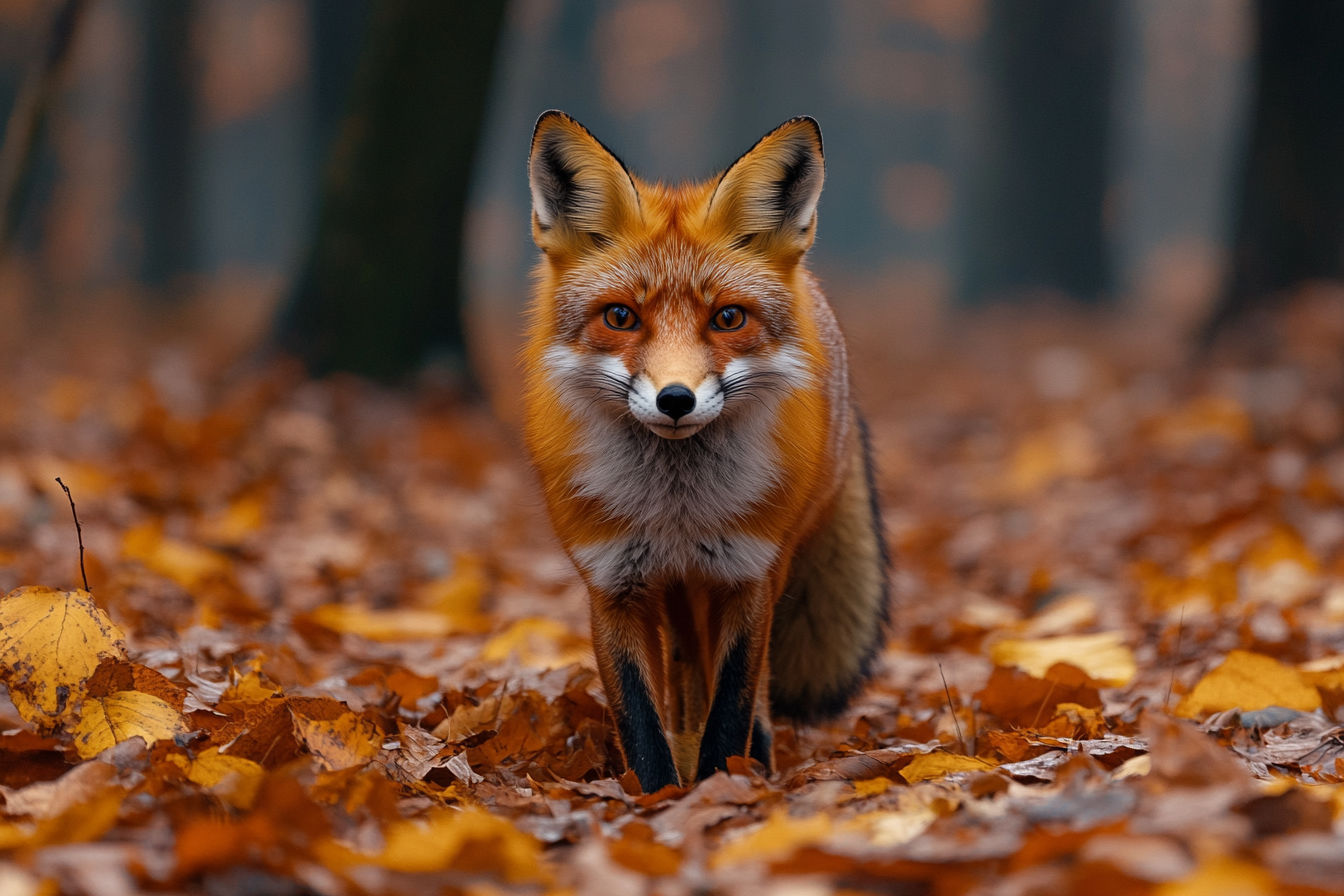
Foxes are often described as solitary creatures, yet their social behaviour is far from simple. Unlike wolves, which rely on structured packs, foxes prefer a more flexible lifestyle—hunting alone but maintaining family bonds when it matters most.
Solitary Socialites: Balancing Independence and Connection
Foxes are best thought of as “solitary socialites.” While they spend much of their time alone, especially when hunting, they aren’t entirely antisocial. During the breeding season, foxes form loose family groups, with both parents caring for their young. Sometimes, older siblings remain behind to help raise new litters, strengthening family ties.
This adaptive social structure allows foxes to thrive without the burden of large, resource-demanding groups. Their ability to adjust social behaviour depending on environmental conditions is yet another testament to their versatility.
Hunting Alone: Precision Over Power
Unlike their pack-hunting wolf cousins, foxes rely on stealth, patience, and precision. Their acute hearing enables them to detect prey such as mice beneath snow or insects underground.
One of their most famous hunting techniques is the “mousing pounce”—a dramatic leap into the air, followed by a swift dive onto unsuspecting prey. Scientists believe foxes may even use the Earth’s magnetic field to align their jumps, increasing their hunting success when facing north-east.
Their opportunistic diet includes small mammals, birds, insects, fruits, and even fish. Urban foxes have also been known to scavenge human food waste, showcasing their ability to adapt in human-dominated environments.
Adaptations and Intelligence: The Clever Fox
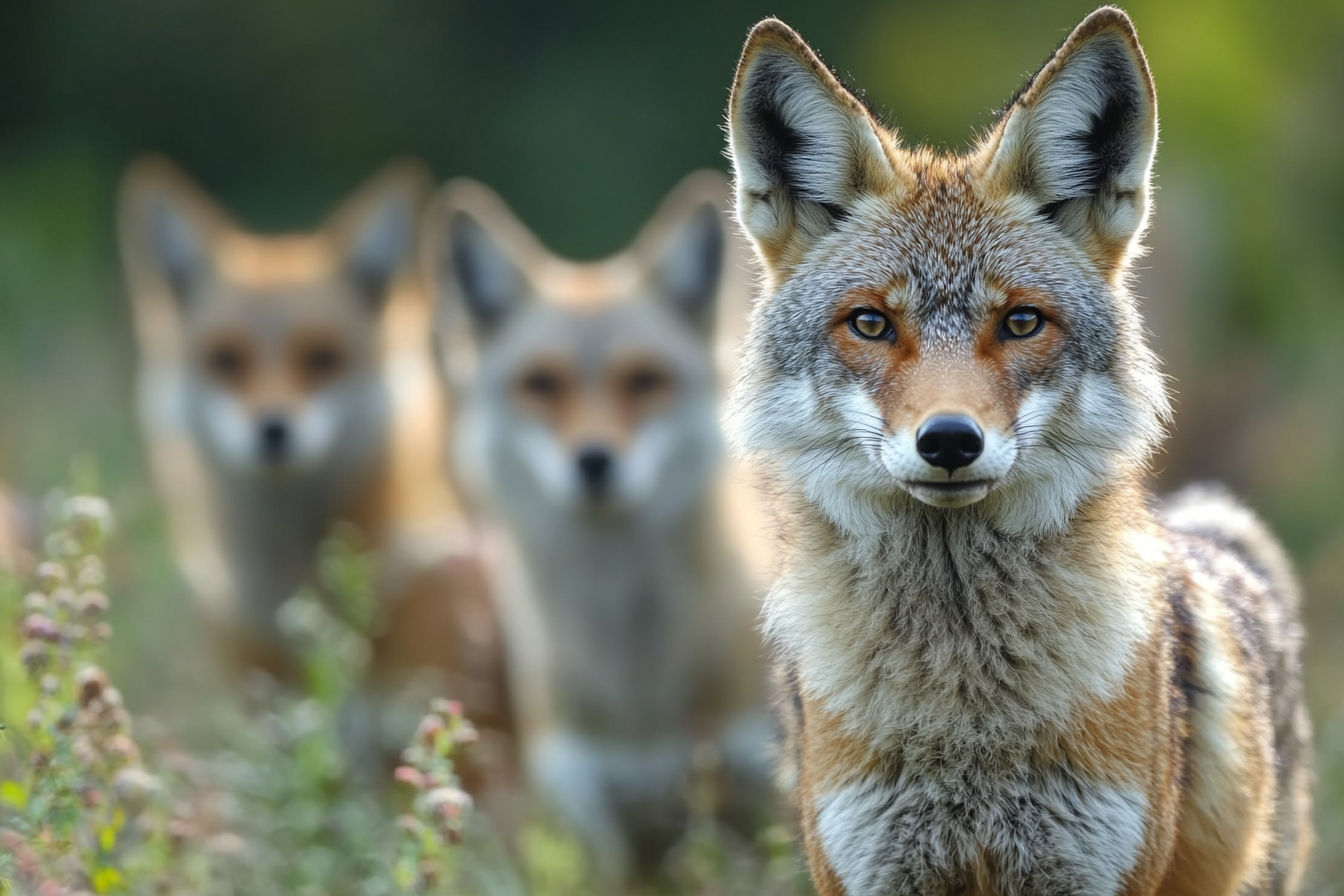
Foxes are celebrated for their extraordinary versatility. From dense forests and open grasslands to icy tundras and urban landscapes, foxes thrive in environments that challenge other predators. Their stealth, intelligence, and problem-solving skills make them masters of survival strategy.
Urban Survivors: Living Alongside Humans
Ever seen a fox darting through city streets at dawn? For many urban dwellers, these elusive creatures are silent neighbours, thriving in the most unlikely habitats. In cities, foxes have learned to:
- Navigate busy streets,
- Raid rubbish bins, and
- Establish dens beneath sheds or in quiet corners of urban parks.
Their elusive nature allows them to avoid direct human interaction, thriving in places where many wild animals struggle. Some urban foxes even respond to regular feeding by homeowners, creating a unique relationship between wild animal and human.
Smart Hunters and Playful Minds
Foxes aren’t just adaptable; they’re also highly intelligent. Observations show that foxes:
- Use deceptive tactics, like pretending to be dead to lure prey closer.
- Cache surplus food, storing it in multiple locations for lean times—behaviour shared with other canines like wolves and domestic dogs.
- Exhibit playful behaviour, especially among kits, which often engage in games that develop hunting skills.
This playfulness suggests a level of curiosity and intelligence that goes beyond mere survival. For foxes, curiosity is a way of life, driving them to explore, learn, and adapt.
Tailored for Survival: Species-Specific Adaptations
Fox species across the globe have developed unique adaptations to suit their environments:
- The Arctic fox changes its white winter coat to brown in summer, blending seamlessly with the shifting landscape.
- The Fennec fox relies on its oversized ears not only for detecting prey but also for dissipating heat in the Sahara Desert.
- The Bat-eared fox uses its ears for thermoregulation and hearing underground insects, essential for survival in arid regions.
These physical and behavioural adaptations reveal why foxes are among the most versatile mammals on the planet.
Genetic and Evolutionary Background: A Journey Through Time
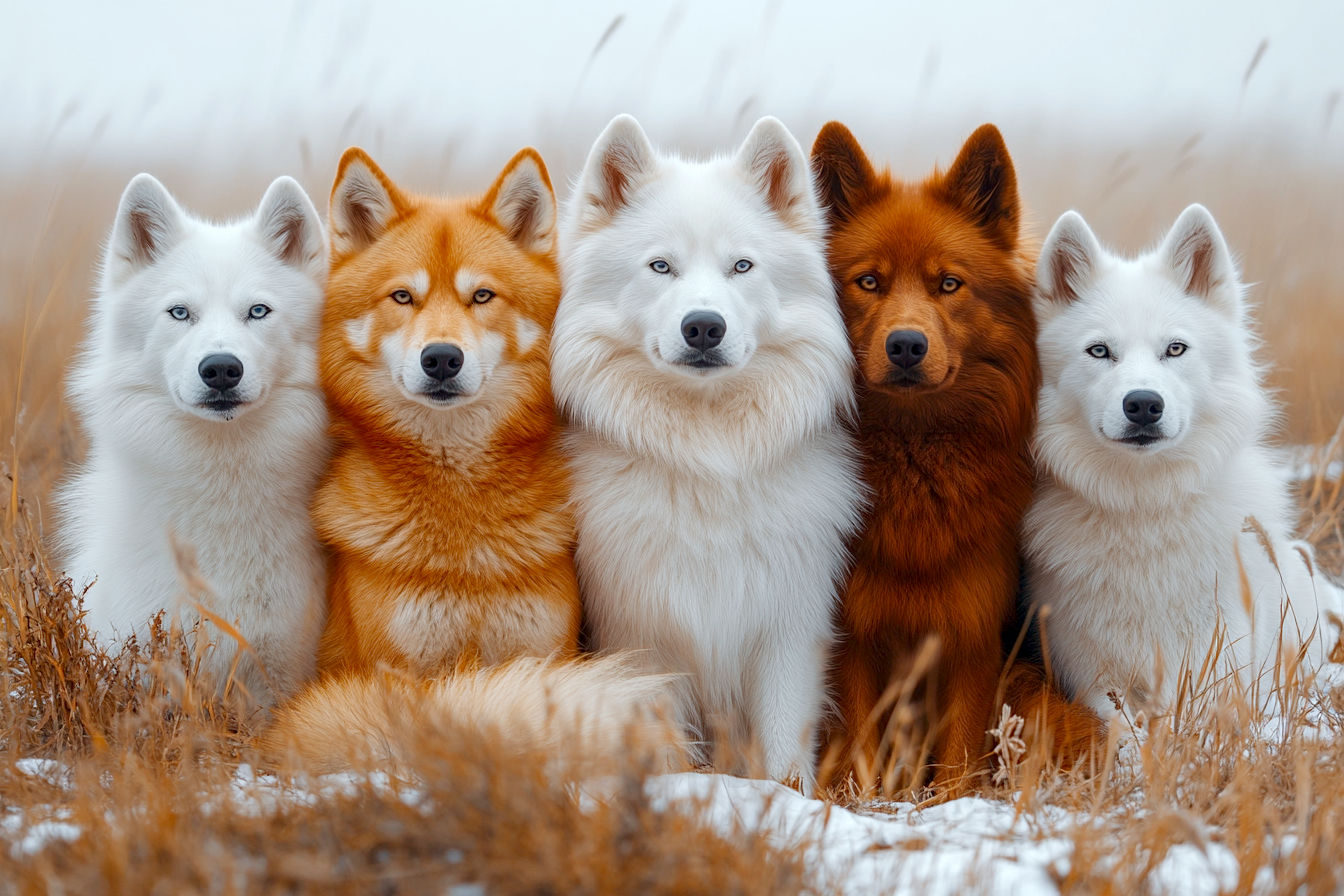
Foxes have been part of the Canidae family for millions of years, tracing their lineage to a common ancestor shared with wolves, dogs, and jackals. This ancestor is believed to have lived 10 to 15 million years ago, marking the beginning of a diverse evolutionary journey. Over time, foxes branched off into distinct lineages, developing unique characteristics that allowed them to thrive globally.
Adaptability: The Key to Global Success
The red fox (Vulpes vulpes) stands as the most widespread and recognisable of all fox species. With its vibrant reddish coat and bushy tail, it boasts the largest geographic range of any carnivorous mammal, stretching across North America, Europe, Asia, and North Africa.
Remarkably, the red fox has also been introduced to Australia, where it quickly adapted to become a top predator—though controversially so, due to its impact on local wildlife.
Species That Tell Unique Stories
Not all foxes share the same evolutionary narrative:
- The Fennec fox of the Sahara Desert is the smallest fox species, using its large ears to dissipate heat.
- The Arctic fox thrives in freezing environments, its thick winter coat offering both insulation and camouflage.
From scorching deserts to icy tundras, foxes continue to demonstrate that evolution rewards adaptability—a testament to their enduring success in an ever-changing world.
Conclusion: The Fox—Cunning, Adaptable, and Endlessly Intriguing
Foxes are more than just members of the Canidae family—they are masters of survival, blending intelligence, adaptability, and independence. From the frozen tundras of the Arctic to the bustling streets of modern cities, foxes continue to prove that success in nature isn’t always about strength.
In the wild world of survival, it’s often the cunning, curious, and clever who truly come out on top.

